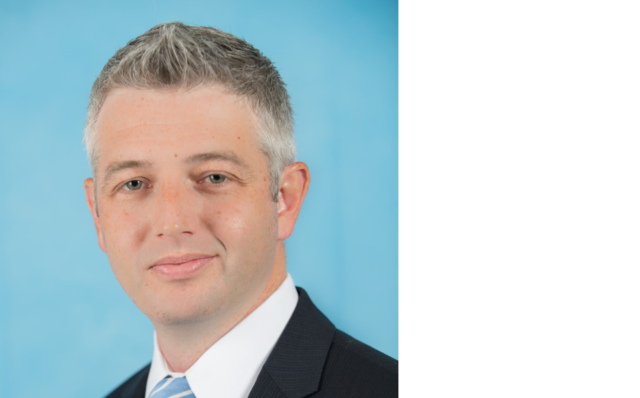Concrete Slab Moisture… Why won’t the slab dry?!
The concrete slab is placed, the building is fully enclosed, but the floor covering hasn’t been installed. Why? Because the slab isn’t dry enough. Excessive concrete slab moisture can cause floor coverings to bubble, blister, and delaminate. OK… but why won’t the slab dry?!
The Problem
For decades, the flooring industry relied on moisture meters and the MVER (moisture vapor emission rate) test (ASTM F1869). Unfortunately, these methods only measure the moisture at the surface of the concrete slab (top ½ in.). The concrete surface may be “dry”, while the bottom is still “wet”. As the flooring industry continued to witness floor covering failures, they began to rely on RH (relative humidity) probes (ASTM F2170) installed into the concrete slab to measure moisture. As the RH test method became more prevalent, project teams began to realize that their slabs weren’t drying in 30 days. The fact is, their slabs were never drying adequately in 30 days; they were simply misled due to improper testing, no testing, luck, or not observing the problem. This problem has been compounded by changes in flooring adhesives, applying a burnished slab finish, and shorter construction schedules that have become the norm over the last 10 years.
How Long to Dry?
In general, one should expect at a minimum that it will take three to four months (after the HVAC is installed) for a concrete slab to reach acceptable moisture levels. Thick slabs, high water-cement ratios, and a hard trowel finish will contribute to long drying times. Recently, Craig and Wolfe [1] found that a 6½-in. thick slab with a hard trowel finish could take up to 7 months to reach 85% RH. Unfortunately, this 3 to 7-month timeline is often not aligned with the project schedule. Consequently, project specifications that require the concrete to reach even lower moisture levels, 3.0 lb/1000 sq ft/24 hr or 75% RH, before the floor covering can be installed, are unrealistic.
My slab is 40 years old, shouldn’t it be dry?
Concrete slabs on ground constructed 40 years ago may not have had a vapor retarder installed. If a vapor retarder was installed, the vapor retarder may have deteriorated and is no longer effective. For either of these scenarios, moisture from the underlying soil can migrate through the concrete slab. Unless a surface-applied moisture control system is installed, moisture will continue to migrate through the slab and risk causing future floor covering failures.
Moisture Mitigation
As project timelines are shortened, concrete slab moisture issues will continue to be a challenge. Moisture mitigation (e.g., dehumidification or epoxy moisture control systems) at the end of the project can be extremely expensive. For example, the installation of an epoxy moisture control system may cost an additional $4/ft2 or $100,000 for 25,000 ft2. The project team can minimize moisture problems by:
- Managing expectations of project schedule prior to construction
- Properly installing a quality below-slab vapor retarder
- Using a low water-cement ratio concrete mixture
- Applying a fuzz finish (light trowel) to the concrete slab rather than a burnished finish
- Installing the HVAC system early
- Engaging an experienced firm to test the concrete slab moisture prior to the floor covering installation
References
[1] P. Craig and B. Wolfe, “Another look at the drying of lightweight concrete,” Concrete International, vol. 34, no. 1, pp. 53-58, 2012.
About the Author
Jacob L. Borgerson, Ph.D., P.E. is a Senior Associate with Wiss, Janney, Elstner Associates, Inc. He received a Ph.D. in Engineering from the University of Illinois at Urbana-Champaign. Dr. Borgerson specializes in providing concrete expertise in multiple areas including low strength, mass concrete, cracking, placement/finishing defects, in addition to others. He is a member of the American Concrete Institute (ACI) and Structural Engineers Association of Texas (SEAoT). He is a licensed professional engineer in multiple states, including Texas. Dr. Borgerson can be contacted at jborgerson@wje.com or 832.467.2177.







